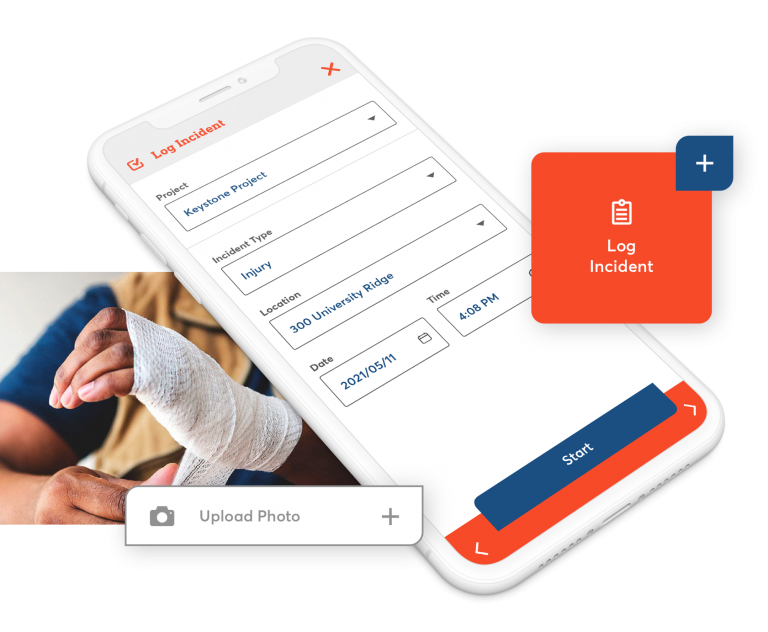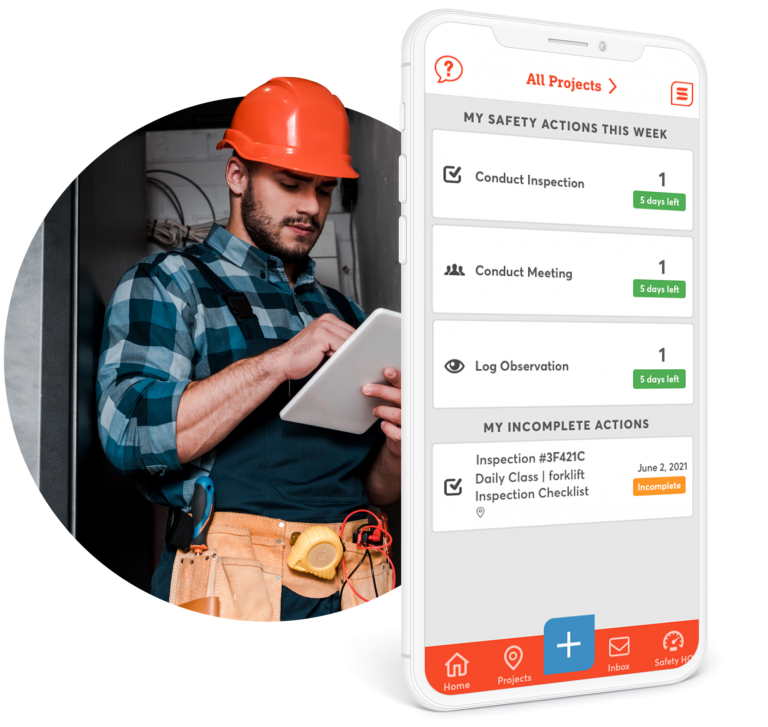How to Implement Behavior Based Safety
Improving employee behavior is an ongoing effort that involves training, culture, and communication. Behavior Based Safety can improve employee behavior by providing feedback in real-time, instead of in the meeting room.
BBS also involves many employees in safety efforts, which can give your safety culture a boost when done correctly. Companies or their consultants typically take the following approach:
- Designate a BBS team, which will include field as well as management personnel.
- Examine safety challenges and outline a list of desired behaviors.
- Develop custom inspection checklists and collect data to trend over time.
- Observe and reward safe behaviors.
- Analyze behavioral changes and improve the system.

Using Software to Manage BBS
Modern safety management software is essential for tracking BBS activities. With Safesite, you can:
- Pursue goal behaviors
- Document observations
- Track positive feedback and reward-related activities
- Trend behavioral data for each project or for the organization as a whole
Promote Safe Behavior
If you believe your company’s number one safety challenge is employee behavior, examine your historical hazard, incident, and observational data to ensure there aren’t controls you’re neglecting. If you don’t yet have this data, use Safesite to gain insight into your program.
If you focus on employee behavior without first removing or reducing key hazards, you may be setting your program up to fail. Implement BBS when your employees will benefit from positive reinforcement and peer-to-peer feedback.

